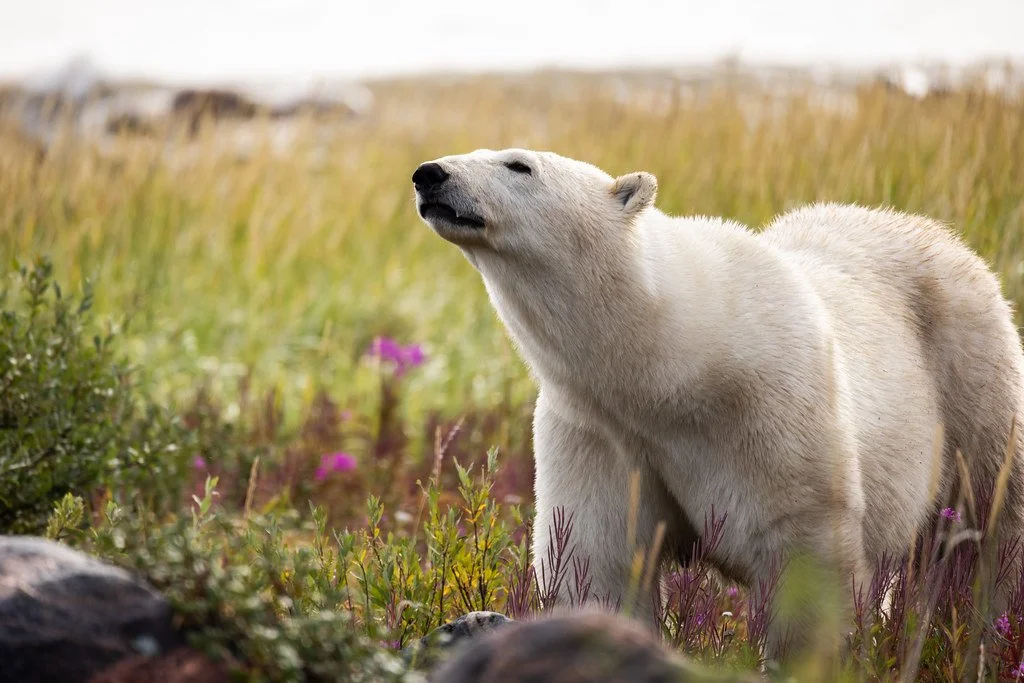The Guardians Movement Gains Momentum
Five years ago, there were only about 30 Guardians programs caring for lands and waters across the country. Now there are over 200 First Nations Guardians programs.
Five years ago, there was limited federal funding for Guardians’ stewardship. Since then, the Guardians movement has secured nearly $200 million in federal commitments for Guardians programs.
Indigenous Peoples have cared for our territories for millennia. About four decades ago, the Haida Nation launched the first modern-day Guardians program, and the Innu Nation followed soon after. Other Nations started programs, often struggling to secure consistent funding.
Indigenous Elders, youth, leaders, allies, and partners have come together in recent years to support Guardianship.
Now the Guardians movement is gaining momentum. It is helping sustain lands and strengthen communities. It is addressing climate change and species loss. And it is helping reshape relationships between Indigenous Nations and Canada.
Documented Results
-

More Guardians on the ground caring for lands and waters
-

More jobs created in communities and rooted in Indigenous culture and knowledge
-

Improved health and well-being within communities
-

Increased investment in local and regional economies
-

Greater capacity to respond to wildfires, drought, and other impacts of climate change
-

Expanded ability to sustain caribou, salmon, songbirds, and other species
-

More clarity and increased monitoring around development projects
-

Better models for how First Nations and Crown governments work together as partners
-

Faster progress toward Canada’s climate and biodiversity commitments
A New Model for Partnership
The Guardians movement has spurred a fundamental transformation in how Indigenous Nations and Canada can work together.
As part of the 2018 federal funding for Guardians, the Indigenous Leadership Initiative and ECCC created the First Nations/Federal Pilot Joint Working Group for Guardians including eight Indigenous Knowledge Keepers and four federal representatives.
Rather than having Crown governments design and deliver a program to Indigenous Peoples, this encourages Indigenous and Crown representatives to collaborate as partners.
The Joint Working Group has established criteria for funding for Guardian programs. It has also provided a model for other streams of federal investments, as Canada increasingly looks to Indigenous Nations to take responsibility for stewardship.









